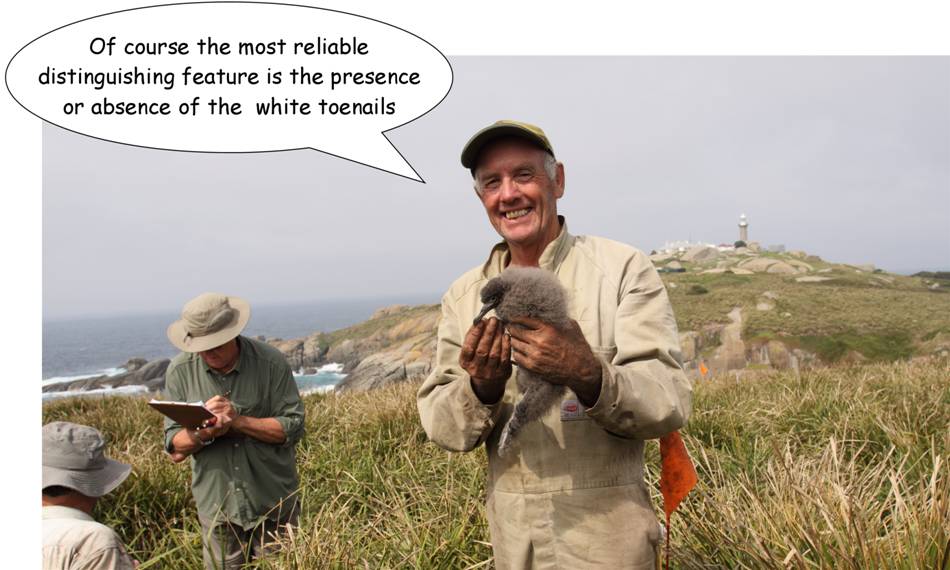
From: Daniel Mantle
[
Sent: Wednesday, 21 October 2009 11:54 PM
To: ;
Subject: RE: [canberrabirds] Pelagic problems
Hi
David,
Sorry about the slow reply, not sure if anyone has replied to you offline in
the meantime. Firstly, I would suggest your large all brown bird with the
very pale bill was a young Giant-Petrel sp. There are often still a
few Giant-Petrel around well into October and later. The vast
majority of Giant-Petrel occuring off the East coast
are immature birds which are prone to hanging around longer into
the spring. On the Wollongong and Ulladulla pelagics over the weekend we
saw several Northern and Southern Giant-Petrel (typically, all
immatures).
As for the shearwaters, at the moment rafts of 200 or more are most likely to
be Short-tailed Shearwater. There were large numbers observed during the weekend
trips but they are not reaching the peak migration volumes just yet. There are
also good numbers of Wedge-tailed Shearwater around inshore and both species
should be readily identifiable in flight (even at a distance). The Short-tailed
Shearwaters are likely to be moving south in much tighter flocks - often in
rolling, arching groups with relatively rapid wingbeats. Short-tailed
Shearwaters hold their wings straight-out from the body, whilst
Wedge-tailed Shearwater hold their wings well forward at the wrist and
have a more relaxed, low flight.
The Short-tailed Shearwaters also have greyish underwing
panels - a variable feature, although only rarely as white/silvery or as
extensive as in Sooty Shearwater. Furthermore, at this time of
year the STShearwater upperwing secondaries can also
appear contrastingly pale to the darker wing coverts and primaries.
Short-tailed Shearwaters can have much darker brown heads which contrast
with the paler brown (?tan) mantle, belly, breast and upperwings. This,
along with the contrastingly pale upperwing secondaries, may be what you
described as the tan coloration on the wing and mantle.
The other all dark shearwater that should be arriving back in our waters
during October is the Flesh-footed Shearwater but we saw none at the
weekend and it is rare to see flocks of 200 off the East Coast. They also tend
to be further offshore with only much small numbers along the coast.
I attached some photos - the STShearwater are from this weekend, so their
plumage should be similar to the birds you saw, but the others are last
summer's birds.
Cheers Dan

